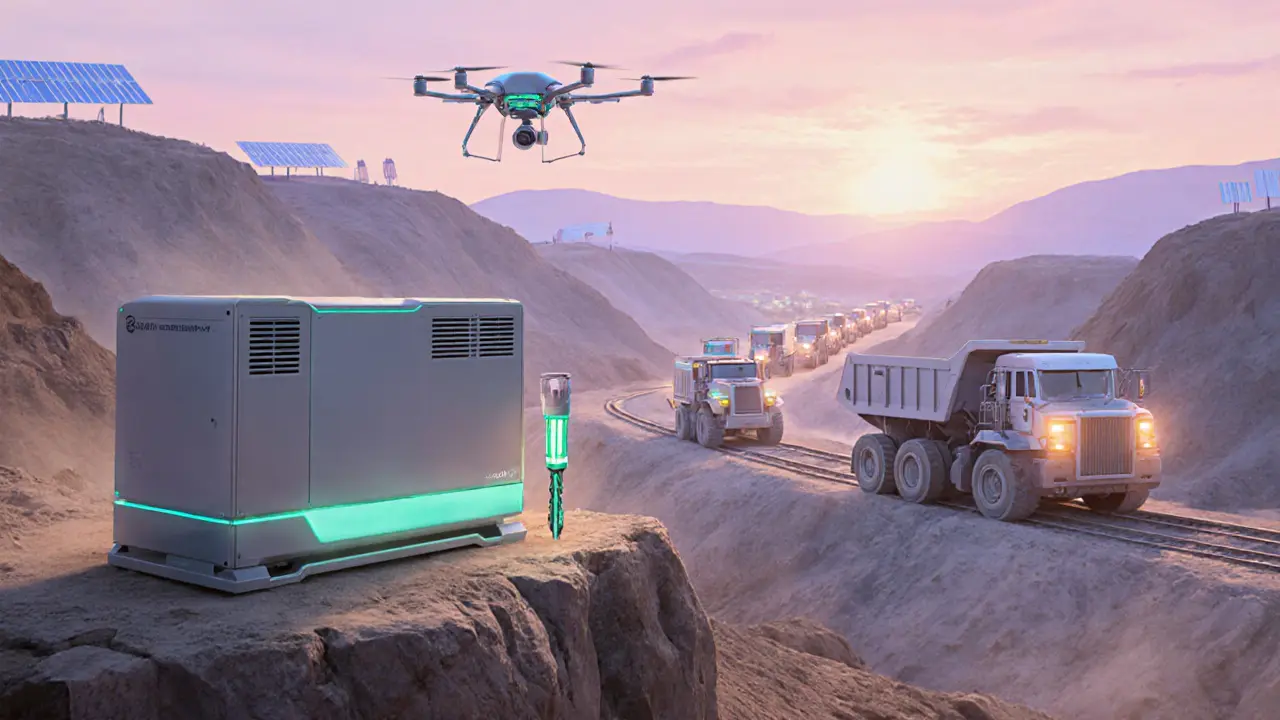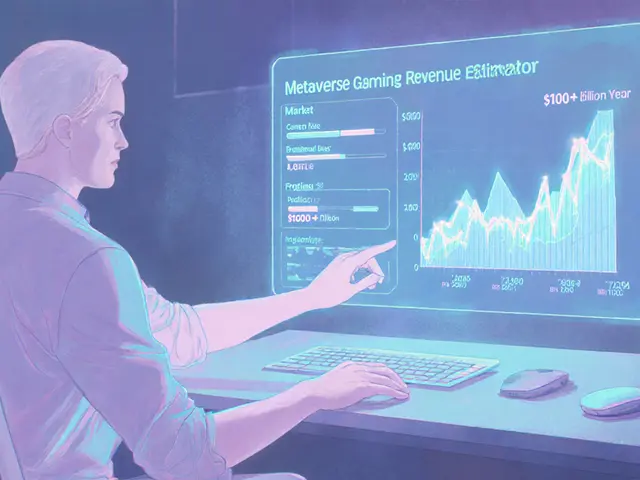Mining Hardware: What You Need to Know Before You Buy
When talking about mining hardware, the physical devices that solve cryptographic puzzles and secure proof‑of‑work blockchains. Also called crypto mining rigs, this equipment ranges from single‑chip units to whole farms packed into warehouses. Understanding its role is the first step to any profitable mining plan because the hardware determines hash rate, power draw, and ultimately the break‑even point.
Two major families dominate the market. The first is ASIC miners, application‑specific integrated circuits built solely for mining a particular algorithm. They pack massive hash power into a compact form but trade flexibility for efficiency. The second family is GPU mining rigs, graphics processing units that can switch between different algorithms and also serve other compute tasks. While GPUs are less power‑efficient on a per‑hash basis, they let you hop between coins as market conditions shift.
Key Factors When Choosing Mining Hardware
Proof‑of‑Work, the consensus mechanism that requires miners to repeatedly hash data to add blocks sets the baseline for hardware selection. A higher hash rate means a better chance of winning block rewards, but only if your electricity cost doesn’t eat the profit. Look at the hardware’s energy consumption (watts per terahash for ASICs, watts per megahash for GPUs) and compare it to local rates. Many miners run profitability calculators that factor in difficulty, block reward, and power price to estimate daily earnings. Don’t forget cooling—ASICs generate more heat, so proper airflow or immersion cooling can extend lifespan and keep operating costs down.
Location matters too. Regulations in some countries, like Sweden’s recent mining tax changes, directly affect hardware ROI. In regions with cheap renewable energy, large‑scale farms can thrive, while in high‑tax zones the same rigs become a liability. Finally, consider scalability: modular GPU rigs let you add cards as budget allows, whereas ASIC farms require bulk purchases and a more fixed infrastructure. Below you’ll find a mix of deep‑dive guides, hardware reviews, tax impact analyses, and step‑by‑step setup instructions that together give you a full picture of what mining hardware can do for you.

Explore the 2025-2026 mining hardware revolution: AI edge nodes, autonomous fleets, sustainable designs, and how to choose the right tech for safer, faster, greener mining.
Jonathan Jennings May 13, 2025




